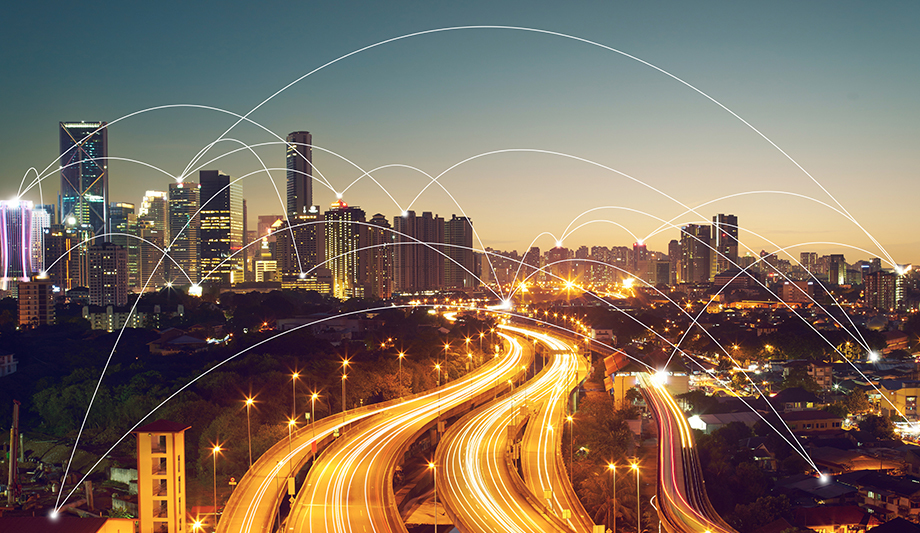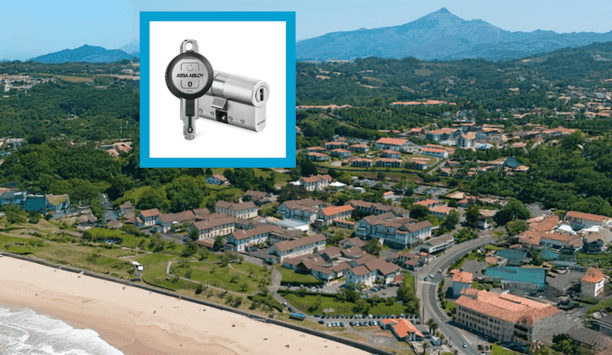Most cities have at very least a plan and in most cases an existing program to make themselves safe cities. Increasingly, cities around the world are transitioning to become smart cities: urban areas where security solutions work in unison with other systems, extending the benefits of technology beyond security and into other city operations.
While this transformation has yet to become a widespread the next crucial transition—from smart city to cognitive city—is already appearing on the horizon.
Three years ago, the United Nations reported that 54% of the world’s population lived in cities and projected that by 2050 it would reach 66%. There are many reasons for this: cities tend to provide more opportunities for jobs and education, as well as greater access to amenities such as public transportation, sports, and cultural events.
These factors result in growth which consequently places a strain on existing public services, infrastructure and resources. Not to mention keeping the city’s residents safe by preventing crime from growing with—or even outpacing—the population.Although technology is necessary for an urban area to transition in to a safe and smart city, it alone isn’t sufficient
Smart City Solutions For Public Safety
This basic need for public safety is one of the biggest forces driving the adoption of smart city solutions: approaches which seek to solve urban challenges through technological means. The thinking behind these initiatives is that with enough Internet connectivity and real-time data, surely environmental, social, economic, and public health issues should become more manageable.
If technology can transform entire industries, why can’t it also make power grids more resilient, transportation systems efficient and municipal water supplies more sustainable? Surely, more data can only lead to better outcomes, right?
To quote the American journalist and satirist H. L. Mencken, “For every complex problem there is an answer that is clear, simple, and wrong.” In this context, you’d think the answer would be ‘just add more technology’, right?
Although technology is necessary for an urban area to transition in to a safe and smart city, technology alone isn’t sufficient. Truly smart cities are savvy cities and that includes how they employ software, sensing, communications and other technologies to meet their needs.
 |
| Truly smart cities are savvy cities including how they employ software, sensing, communications and other technologies to meet their needs |
Using Data And Software With Connected Sensors
There are types of problems which connected sensors, data and software can provide straightforward and effective solutions. For example, network-connected traffic cameras which can relay real-time traffic conditions to both city managers and the public at large, data which morning commuters can then access from a mobile app and adjust their route accordingly.
There are types of problems which connected sensors, data and software can provide straightforward and effective solutions
Smart electricity meters provide another example, whereby monitoring and reporting energy usage in real-time, enables residents to get instant feedback on how their lifestyle choices impact their energy consumption and monthly bill. Utilities can also benefit from such data, as it could highlight specific times and areas of high demand, as well as identify sections of the distribution network that are under heavy strain.
Creating Actionable Intelligence
Both examples highlight the clear need to collect the relevant data first, and thus explain why smart city initiatives have focused on the widespread collection of data (especially video) through the deployment of large numbers of monitoring and recording devices, such as surveillance cameras and ANPR.
Some of those initiatives, however, like red light cameras or computerized flight passenger screening systems, have amounted to little more than ‘security theater’, which might waste limited resources and further delay the smart city transition due to over-hyped solutions and unrealistic projected return on investment. In other words, technology doesn’t necessarily result in more safety.
But does this mean we are also more likely to quickly find what we need? Cities need solutions that help find what you need (e.g. a missing child or a suspect) and convert the ‘too much information’ into ‘actionable intelligence’.
This new era of surveillance technologies can also assist law enforcement in maintaining public order and safety. The thought is the more areas we observe, the longer we observe them, and the more surveillance data we store and index, the more likely we are to be in possession of the information we need.
Even in smart cities, dialogue, public input, careful analysis, and consensus are still more critical than any technology
Looking Beyond Technology For Smart Surveillance
There is one major caveat to smart city solutions. The data tends to flow in one direction from what are ultimately surveillance devices to government officials, leading to tensions between personal privacy and government goals of safety and higher efficiency.
Without a clear understanding and buy-in from all stakeholders (especially the citizens, law enforcement, and city management), those tensions will only escalate as wireless broadband connectivity becomes cheaper and faster, sensor and processing technologies get even more miniaturized and affordable, and big data tools like cloud resources and storage technology grow even more robust as they catalog more and more digital breadcrumbs of our physical lives.
Here’s the takeaway. Even in smart cities, dialog, public input, careful analysis, and consensus are still more critical than any technology. This is because city residents are not only consumers of public services and amenities, but also citizens with legal rights.
Discover how AI, biometrics, and analytics are transforming casino security



























